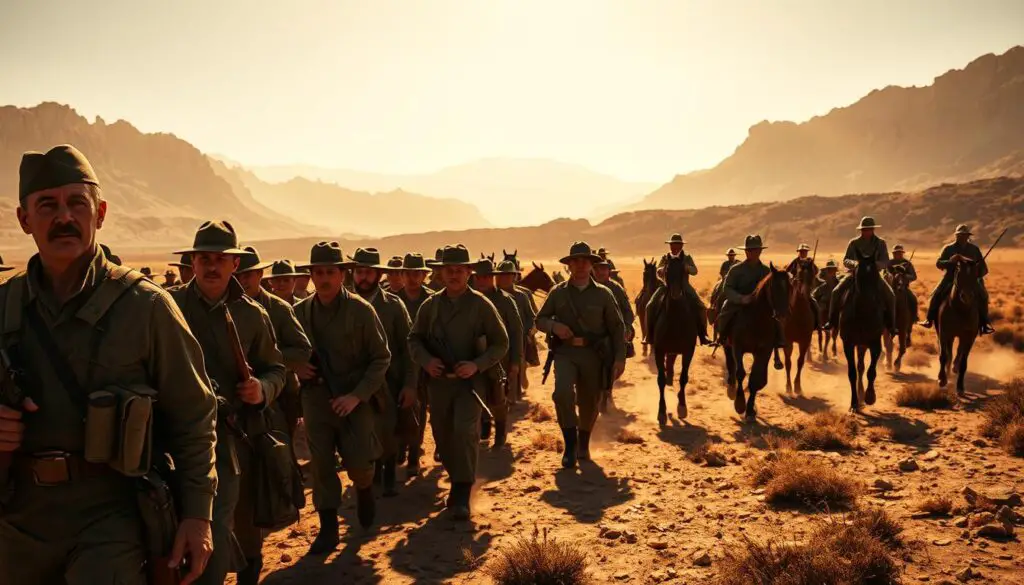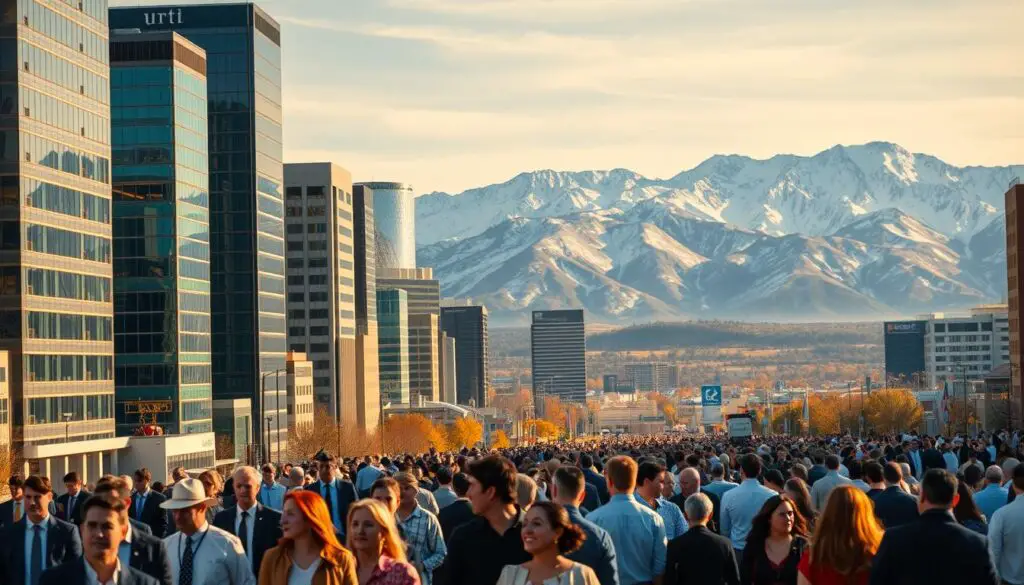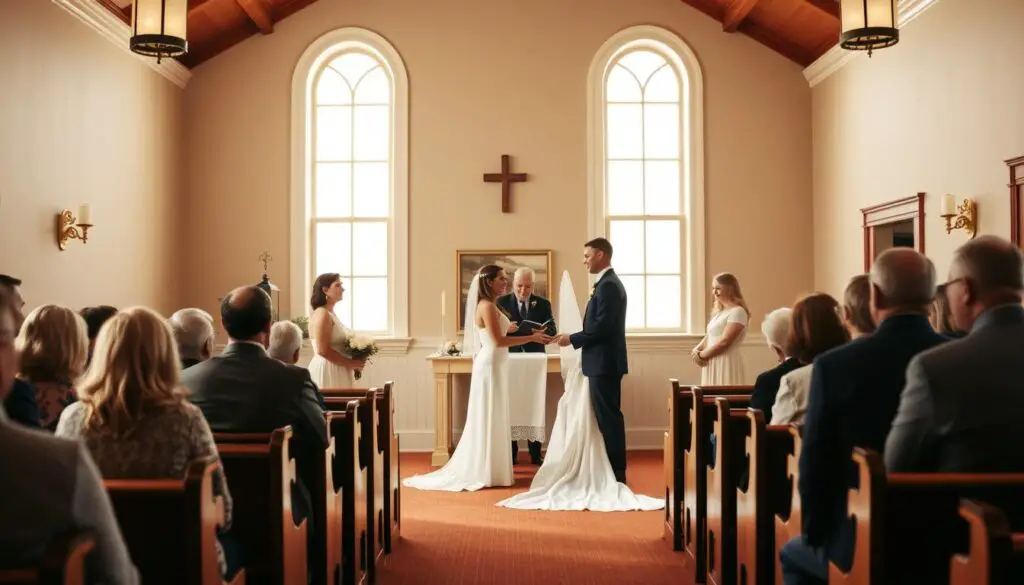Choosing a meaningful name for your child is one of the first and most cherished decisions parents make. In 2023, families are blending tradition and creativity to honor their heritage while embracing modern trends. This curated list highlights unique options inspired by cultural and religious roots, offering fresh ideas for parents seeking depth and significance.
Names often serve as a bridge between generations, reflecting values and stories passed down through families. For many, religious texts like the Book of Mormon provide a rich source of inspiration. These choices celebrate faith, history, and identity—connecting children to a legacy that spans centuries.
Today’s trends also showcase inventive approaches, from reimagined classics to gender-neutral picks. Whether drawn from ancient scriptures or crafted with modern flair, each option carries a distinct cultural resonance. This guide explores both timeless and contemporary ideas, ensuring every family finds a name that feels just right.
Key Takeaways
- Blend tradition and modernity with names rooted in cultural and religious heritage.
- Discover options inspired by historical texts like the Book of Mormon.
- Explore unisex, boy, and girl names that reflect meaningful identity.
- Learn how naming traditions connect children to their family legacy.
- Find creative yet timeless choices for 2023’s naming trends.
Introduction to the World of Mormon-Inspired Names
Names rooted in faith often carry stories that span generations. For many families, selecting a baby name is more than a label—it’s a celebration of shared values and ancestral ties. These choices weave together spiritual meaning and community identity, creating a bridge between past and present.
Naming as a Cultural Identity
In religious communities, names frequently honor figures from sacred texts or family histories. For example, Book of Mormon characters like Nephi or Abish symbolize courage and devotion. Such names reflect a desire to instill virtues tied to cultural narratives. Parents today balance these timeless picks with fresh twists, blending reverence with individuality.
| Traditional Inspirations | Modern Adaptations | Key Themes |
|---|---|---|
| Alma (scriptural figure) | Elara (creative variant) | Strength & Resilience |
| Helaman (leader) | Liaman (updated spelling) | Leadership & Faith |
| Sariah (biblical name) | Sarai (contemporary form) | Grace & Devotion |
The Evolution of Baby Naming Trends
Over time, naming practices have shifted from strict tradition to inventive blends. Scholars note a rise in hyphenated or gender-neutral options, such as Taylor-Jane or Jordan. This mix-and-match approach allows families to honor heritage while embracing modern tastes. As one researcher observes, “Names now act as both anchors and sails—rooted in history yet open to new horizons.”
Cultural Significance and Heritage Behind Mormon Names
Names often carry stories of faith and family, linking children to a legacy that spans centuries. These choices reflect values like courage, devotion, and hope—qualities parents hope to nurture in their little ones. From ancient scriptures to modern adaptations, each name holds layers of meaning shaped by cultural heritage.
Honoring Ancestry and Religious Figures
Many families choose names to honor loved ones or revered figures from sacred texts. For example, Alma, meaning “soul” in Latin, appears in the Book of Mormon as a symbol of wisdom. Similarly, Hannah, a biblical name meaning “grace,” celebrates enduring virtues. These picks connect children to a shared history while celebrating personal identity.
Older names like Lehi or Abish are also making a comeback. They honor ancestors while offering a distinct sound. As one parent shared, “We wanted a name that felt timeless but also told a story.”
Symbolism and Spiritual Inspirations
Nature and spirituality often inspire naming choices. Names like Cedar (strength) or Eden (paradise) blend symbolic meaning with melodic tones. Others draw from virtues like Charity or Patience, reflecting ideals cherished in family traditions.
| Name | Meaning | Origin |
|---|---|---|
| Alma | Soul | Book of Mormon |
| Hannah | Grace | Biblical |
| Lehi | Journey | Book of Mormon |
| Abish | Loyalty | Book of Mormon |
These names act as gentle reminders of values passed through generations. Whether rooted in scripture or nature, they create a bridge between the past and a child’s future.
mormon names: A Blend of Tradition and Modern Trends
Modern parents seek baby choices that reflect historical roots and contemporary flair. This balance creates meaningful connections to heritage while allowing room for personal expression. Let’s explore how timeless inspirations meet inventive twists in today’s naming landscape.

Influence of Sacred Texts
Scriptural figures remain a cornerstone for many families. For example, Helaman (a leader in the Book of Mormon) symbolizes strength and guidance. Others, like Alma, are reimagined with modern spellings such as Elmah to feel fresh yet familiar.
| Traditional | Modern Adaptation | Core Meaning |
|---|---|---|
| Lehi | Lei | Journey |
| Abish | Abby-Shea | Loyalty |
| Mosiah | Mosi | Deliverance |
Creative Mix-and-Match Techniques
Parents blend syllables or merge family monikers to craft unique options. Think Emmalene (Emma + Jolene) or Jonathriel (Jonathan + Gabriel). These hybrids honor loved ones while sounding distinct.
Spelling variations also add flair without losing original meaning. A mom shared, “We kept ‘Sariah’ but spelled it ‘Saraya’ to feel modern.” This approach ensures clarity while celebrating creativity.
Such methods let kids carry legacies forward in ways that resonate today. By balancing tradition with innovation, families create names that are both rooted and ready for the future.
Trends and Insights for Baby Names in 2023
In 2023, parents are blending pop culture flair with creative twists to craft memorable monikers. From celebrity-inspired picks to inventive spellings, this year’s trends reflect a playful yet meaningful approach to identity.
Celebrity and Pop Culture Influences
Celebrities and TV shows heavily shape naming choices. A baby name like Wren surged after a popular actress chose it, while fantasy series boosted Arya and Khaleesi. Friends often share favorite picks, creating ripple effects in communities.
For boys, names tied to athletes or musicians gain traction. Think Beckham or Drake—bold choices that feel modern. One dad joked, “We wanted a name that’s cool but won’t age like milk!”
Unique Spellings and Contemporary Variants
Parents are reimagining classics with fresh twists. Emmersyn replaces Emerson, and Jaxxon updates Jackson. These variants stand out on a list while keeping traditional roots.
Mix-and-match styles also thrive. Combining syllables—like Brinley (Brianna + Kinley)—offers a way to honor multiple loved ones. As trends evolve, families prioritize rhythm and visual appeal, ensuring each choice feels both unique and timeless.
Exploring Expert Perspectives on Name Selection
Experts agree that names hold more than just identity—they shape destiny. Onomastic scholars emphasize how linguistic patterns and cultural values merge in naming practices. As Dr. Elena Torres notes, “A well-chosen name becomes a compass, guiding how children perceive themselves and interact with the world.”

Onomastic Insights and Naming Practices
Historical text analysis reveals deliberate patterns in religious naming. For example, the Book of Mormon often pairs names with virtues—Alma (wisdom) or Helaman (strength). These choices reflect hopes parents have for their children.
| Traditional Elements | Modern Shifts | Key Impact |
|---|---|---|
| Scriptural references | Blended spellings | Balances heritage & novelty |
| Virtue-based meanings | Gender-neutral options | Expands identity flexibility |
| Family lineage ties | Pop culture influences | Bridges tradition & trends |
Scholarly Views on Linguistic Consistency
Researchers stress that names must balance accessibility and depth. A 2022 study found that names with clear pronunciation foster confidence in children. However, unique spellings from the Book of Mormon, like Mosiah vs. Mosi, allow cultural ties without complexity.
Dr. Liam Carter explains, “Linguistic rhythm matters. Names echoing ancestral text create subconscious bonds to heritage.” This insight helps parents craft choices that honor tradition while fitting modern contexts.
Real Stories and Patterns in Mormon Baby Naming
Every name tells a story—a blend of heritage, creativity, and personal meaning. Families today weave together tradition and individuality, crafting choices that honor their roots while standing out. Let’s explore how real-life examples reveal fascinating patterns in name creation.
Mix-n-Match Phenomenon in Name Creation
Parents often merge syllables or cultural references to invent unique combinations. One family combined Emma (a grandmother’s name) with Lehi (from the Book of Mormon) to create Emleh. Another blended Abish and Grace into Abigrace, celebrating both scripture and virtue.
This trend extends to hyphenated picks like Sariah-Mae or Jonas-Kai. A mom shared, “We wanted something that felt classic but fresh—like a new chapter in an old book.”
Family Traditions and Inherited Names
Many boys and girls receive names passed down through generations. For example, Helaman often honors ancestors known for leadership. Others inherit middle names like Moroni or Esther to preserve family legacies.
| Traditional Inherited | Modern Adaptation | Significance |
|---|---|---|
| Helaman | Helam | Leadership |
| Esther | Essie | Devotion |
Unexpected and Unconventional Naming Choices
Some families embrace bold, symbolic picks. A father chose Zion for his son, inspired by spiritual themes. Others opt for nature-inspired blends like Charity-Light or Cedar-James.
These choices reflect a balance between creativity and cultural roots. As one parent put it, “Our child’s name is a love letter to our faith—and a blank canvas for their future.”
Conclusion
A name is more than a label—it’s a legacy. In 2023, parents blend timeless traditions with bold creativity, crafting choices that honor heritage while embracing individuality. From ancient texts like the Book of Mormon to modern pop culture, these picks bridge generations, carrying stories of faith, courage, and hope.
Trends show a rise in gender-neutral options and inventive spellings, allowing families to celebrate cultural roots without sacrificing freshness. Experts highlight how rhythmic, meaningful names foster confidence and identity. Whether inspired by scripture or nature, each choice reflects values parents hope to pass on.
For those seeking a boy or girl’s name, balance is key. Consider historical depth alongside modern appeal. Let your child’s name be a conversation starter—a tribute to the past and a gift for their future.
We’d love to hear your favorite picks! Share your stories or unique combinations below. Together, we celebrate the art of naming—one syllable at a time.
FAQ
How does cultural heritage influence baby naming in the LDS community?
Many families prioritize honoring ancestry or religious figures, reflecting values tied to faith and lineage. This creates a bridge between past traditions and present identity.
What role does the Book of Mormon play in modern name choices?
The text inspires unique options like Nephi or Abish, blending scriptural ties with fresh creativity. Parents often adapt these to fit contemporary styles.
Are family names commonly passed down through generations?
Yes! Middle names or combining parents’ initials are popular. For example, EmmaGrace merges two loved relatives, preserving connections across time.
How do 2023 trends differ from past decades?
Current styles lean into unique spellings, like Jaxson instead of Jackson, and pop culture nods. Yet, many still weave in classic spiritual symbolism.
What advice do experts give for choosing meaningful names?
Scholars suggest balancing phonetic appeal with cultural depth. Think about how a name sounds daily and the stories or values it carries forward.








